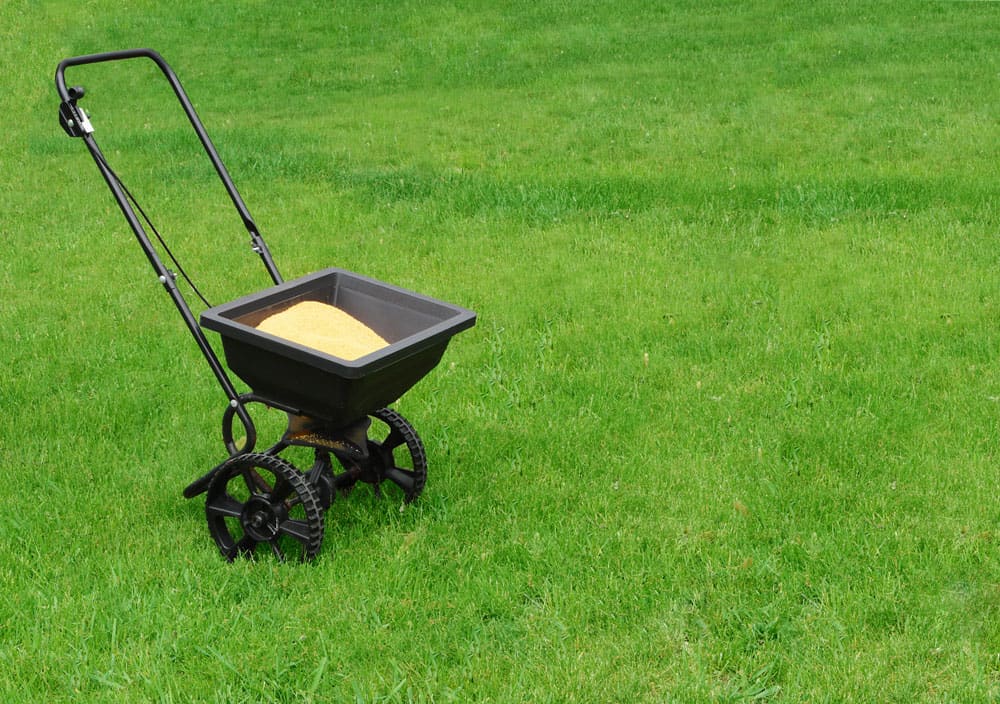Why is Fertilization Important to Healthy Lawn Care
Many homeowners know that they need to regularly fertilize their lawns, but are intimidated by the complex terminology, numerous options and possible hazards. A properly cared-for lawn has the right amount of nutrients to feed the root system that regulates and grows your grass. There are several reasons why lawns need to be regularly fertilized. Over time, many lawns will leech nutrients out of their soil due to the fact that most of these nutrients are water-soluble. Thus, whether through rain or irrigation, eventually water will carry valuable nutrients out of the soil, weakening your lawn and leaving it susceptible to disease. In some cases, your grass may be growing in soil that does not have the naturally occurring nutrients that turf needs to grow. In both instances, fertilizer is needed in order to give your lawn the proper care it deserves. Weed Man’s locally trained specialists can perform a soil test to detect your lawn’s soil composition and determine whether or not your soil is nutrient deficient.
There are many different kinds of fertilizer all with complex ingredients and confusing number ratios. Despite this, most fertilizers only contain three different nutrients: nitrogen, phosphorous and potassium. Each of these minerals plays a different role in the maintenance of a healthy lawn. Each lawn has specific needs when it comes to the makeup of the contents of the fertilizer, with some lawns needing more nitrogen for the production of chlorophyll, others needing more phosphorous for the development of healthy roots and yet others needing more potassium to give your lawn strength and help it to resist drought and disease. A knowledgeable Weed Man professional can determine just what mix of minerals your lawn needs to be properly fertilized for optimal health and resilience.
How Fertilizer is Applied
Fertilizer can be applied to your lawn in two different ways, either through a granular or a liquid application. Liquid fertilizer is diluted with water and sprayed on your lawn using a liquid fertilizer applicator. Liquid fertilizer is fast acting and its results are often visible within a few weeks but carry the risks of excessive or needless leaching through the top soil. Liquid fertilizers can require more applications and applying too much of it can lead to a higher possibility of “burning” your lawn.
Granular fertilizers have a time released formula and a wide margin of error. They are typically spread using a rotary spreader. While it may take longer to see results from granular fertilizer, it does not have to be applied as often. Additionally, there is less of a chance of fertilizer leaching out of the soil and due to its time release formula, there is less chance of “burning” the lawn.
The best time to fertilize your lawn is in the spring due to warmer temperatures. To obtain optimal results when fertilizing your lawn, it is best to fertilize when the soil temperature reaches about 55 degrees Fahrenheit, which means for most parts of the country, the first fertilization should come in mid- to late-April.
You can trust our professional and knowledgeable lawn care partners to know what the best time, method and formula of fertilizer is necessary to produce the healthiest, most resilient turf for your home lawn. We partner with expert providers near you to ensure that you get the best care for your lawn at the right price from experts in your community.




